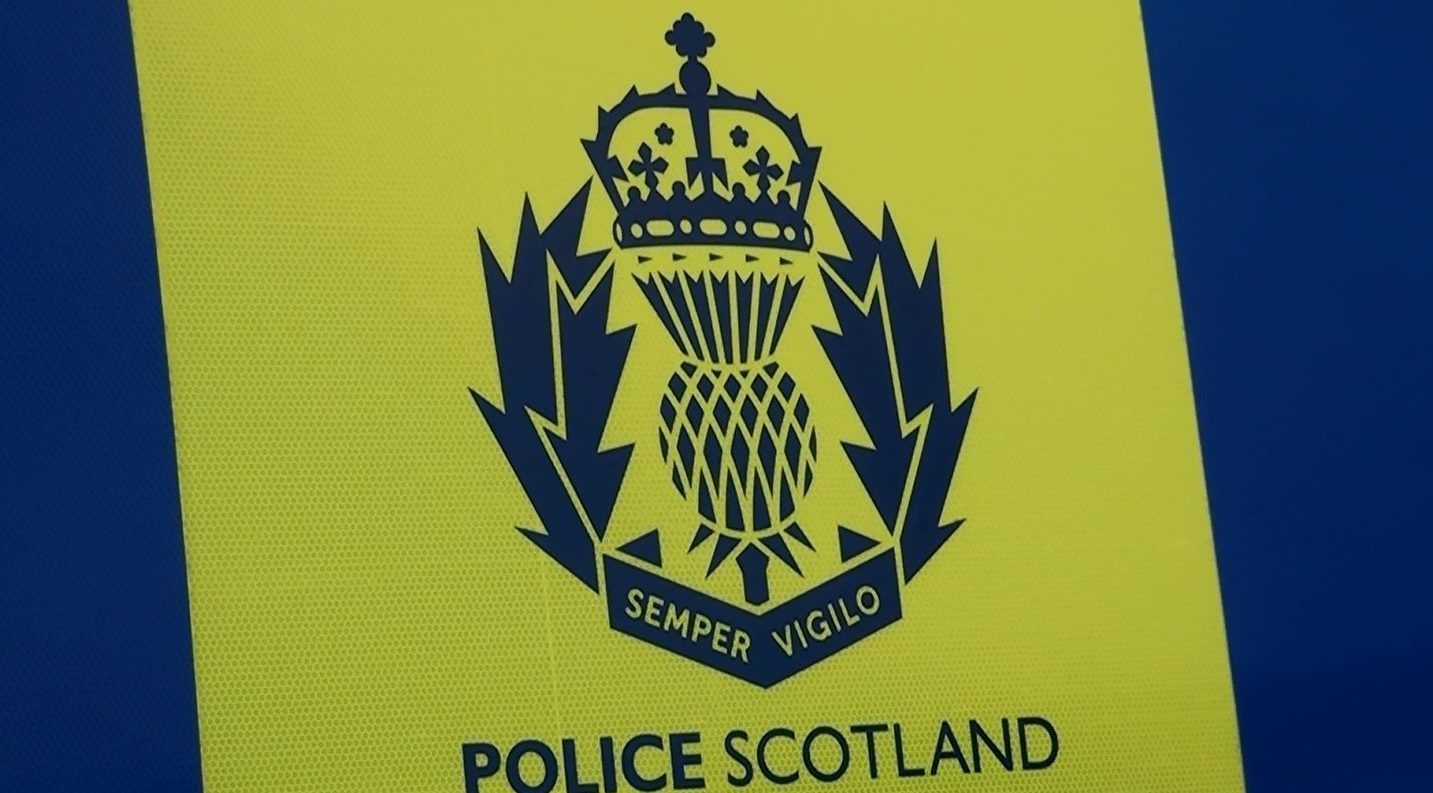Fewer than one in five people who say they have been a victim of rape have reported it to the police, a survey has found.
The Scottish Crime and Justice Survey for 2014/15 reported 2.7% of adults had experienced at least one form of serious sexual assault since the age of 16.
The proportion was higher for women (4.6%) compared to men (0.6%), with 94.1% of victims identifying the offender as male and 87.4% saying they knew the perpetrator.
Only 16.8% of people who reported experiencing forced sexual intercourse had gone on to report it to police.
The most common reason given was fear that it would make matters worse, cited by 43.4%.
Findings from the same survey show that 6.4% of adults have experienced some kind of stalking or harassment in the last 12 months, a figure which has remained consistent over recent years.
Almost half (45%) of those had received unwanted emails and texts, 32.7% suffered silent, threatening or unwanted phone calls, and 21.9% were the victims of obscene or threatening online contact.
The survey found there was no significant difference overall in the proportion of men and women who experienced such behaviour, but young people were more likely to be affected.
About one in ten (9.7%) 16 to 24-year-olds had experienced stalking and harassment, rising to 12.7% for women in this age group.
More than half (54.9%) of victims knew the offender in some way while 15% said the culprit was their partner.
Just 18.9% said they had reported the stalking and harassment to police.
Respondents to the survey were also asked whether they had experienced psychological or physical abuse from a partner since the age of 16, with 14.1% saying they had.
Women were more likely to have been affected (18.5%) compared to men (9.2%).
Of those who had experienced abuse from their partner within the last 12 months, 62.8% had told at least one person or organisation, with 11.6% reporting it to police.







